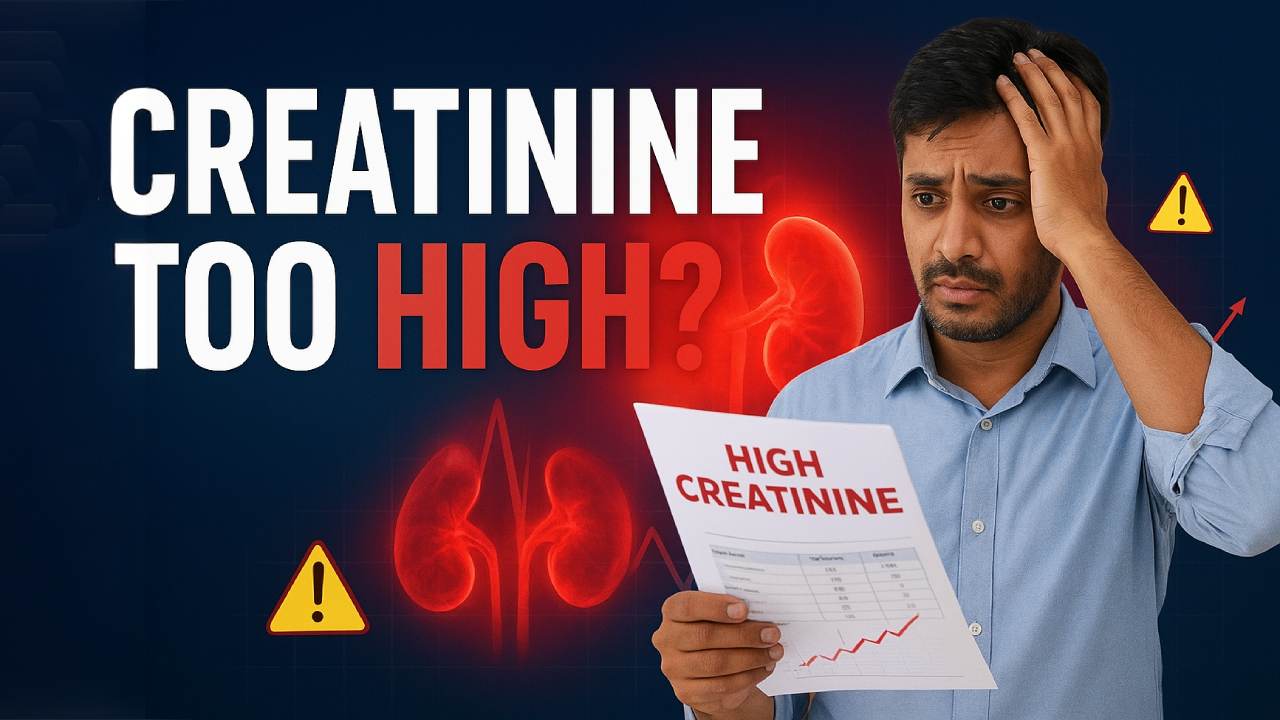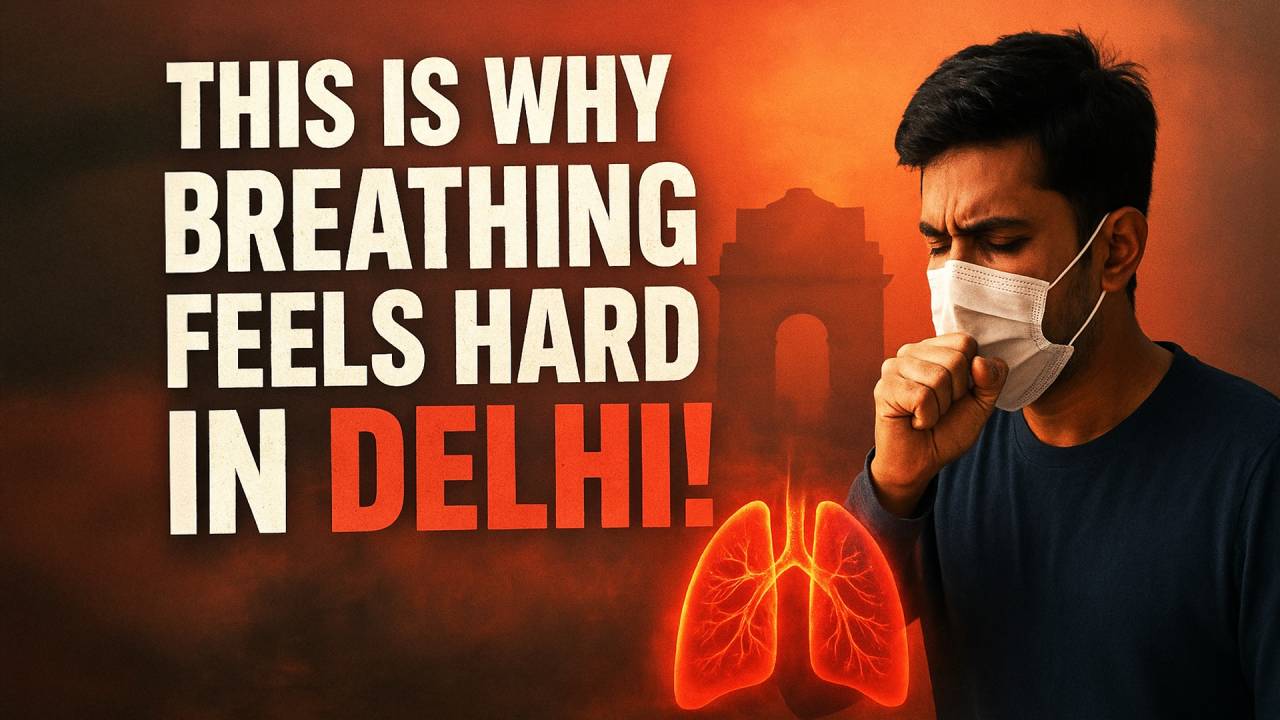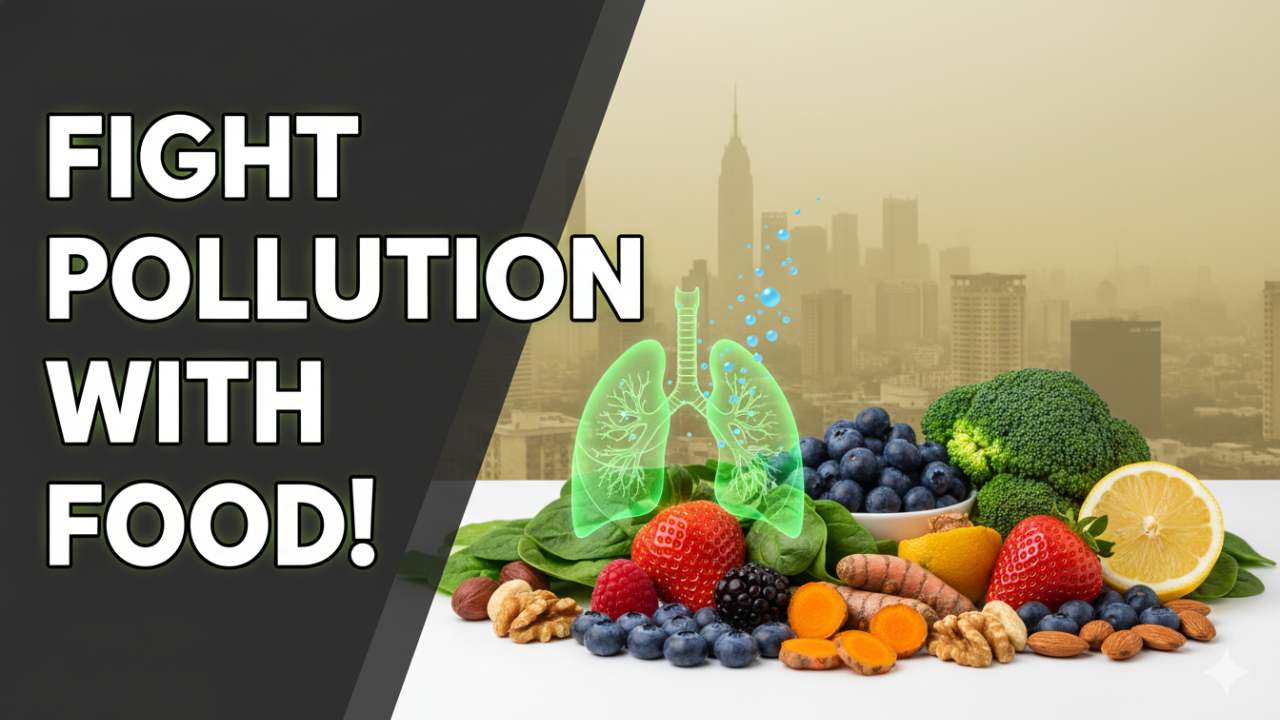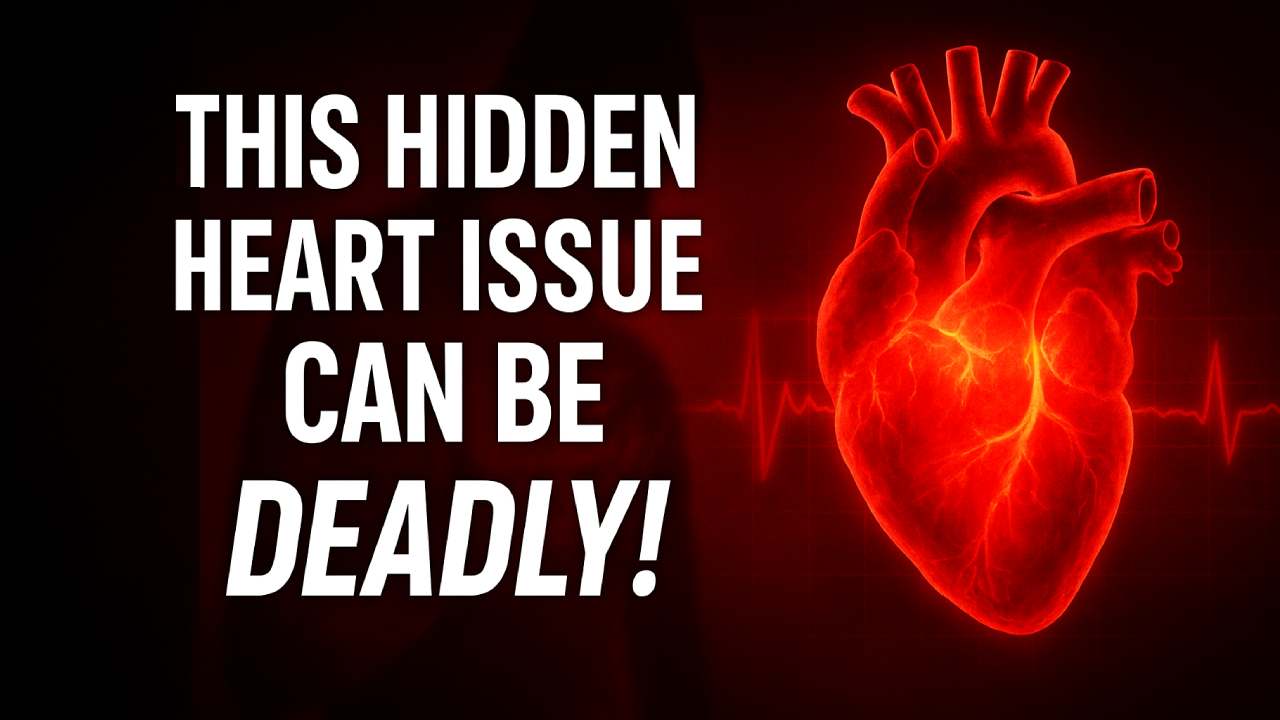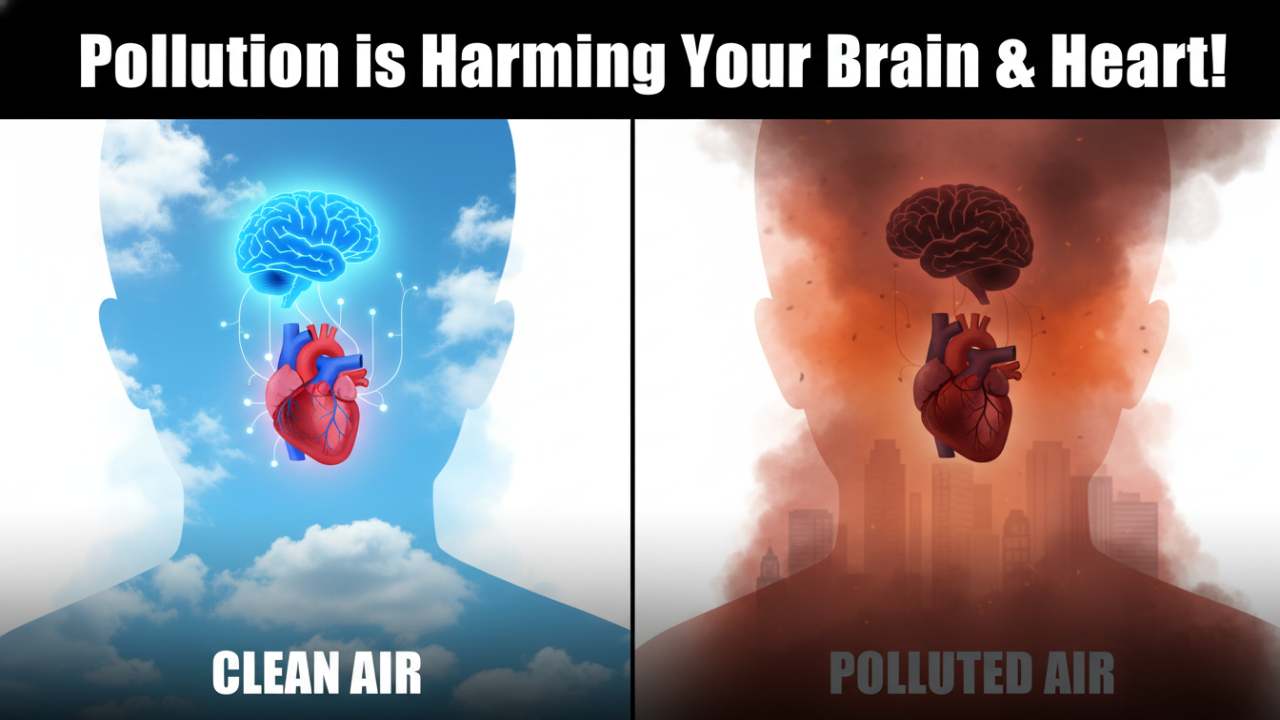Navigating India's COVID-19 Resurgence: Your Top Questions Answered by a Leading Pulmonologist
Verified By Dr. Sudhir Kr. Gupta | 01-Jun-2025
India is witnessing yet another uptick in COVID-19 cases, driven by Omicron subvariants JN1, NB.1.8.1, LF.7 and XFG are the new variants under monitoring. As of May 2025, active cases have crossed 1,000 nationally, with hotspots in Delhi NCR, Kerala, and Maharashtra 615. This surge coincides with seasonal colds and allergies, creating confusion about symptoms like stuffy nose and sore throat. We spoke to Dr. Sudhir Kr. Gupta, a renowned Chest Specialist at Kailash Hospital, Noida, to clarify doubts and offer science-backed guidance.
Q1: Why Are COVID Cases Increasing Again in India?
"Three factors converge here," explains Dr. Gupta. "First, waning vaccine immunity – most Indians received their last booster over 12 months ago. Second, these new variants have 32 spike protein mutations, enhancing transmissibility and escaping immunities due to previous vaccinations. Third, summer travel and close gatherings create spreading events".
Key drivers include:
- Variant Evolution: NB.1.8.1 (first detected in Tamil Nadu) and LF.7 evade prior immunity more efficiently than earlier Omicron strains 8.
- Low Booster Uptake: Only 8.75% of India’s population has received the 2024–2025 JN.1-targeted booster 25.
- Climate-Driven Behavior: Extreme heat pushes social activities indoors, where ventilation is poor and transmission risk rises 5-fold 10.
Q2: What Is the Newest COVID Variant Called?
The dominant strains in India are:
- NB.1.8.1: First detected in Tamil Nadu (April 2025). Carries F486P and R346T mutations, enhancing cell entry 18.
- LF.7: Found in Gujarat (May 2025). Linked to increased transmissibility but not severity 8.
Both remain "Variants Under Monitoring" – not yet "Variants of Concern".
Q3: How to Treat COVID Symptoms in 2025?
For mild cases (home care):
- Step 1: Rest + hydration (3–4 liters/day). Electrolyte solutions combat GI losses.
- Step 2: NSAIDs (ibuprofen) for pain/fever; antihistamines (cetirizine) for stuffy nose.
- Step 3: Antivirals (Paxlovid) within 48 hours for high-risk groups (elderly, diabetics).
For persistent symptoms:
"If stuffy nose in COVID lasts persists or breathlessness develops or there is fall in SPO2, visit a facility like Kailash Hospital, Noida, for chest X-rays and oxygen saturation tests," urges Dr. Gupta. "Post-COVID clinics now offer tailored rehab for long-haulers.
Q4: With summer colds circulating, how can I tell if my stuffy nose and sore throat are COVID-19?
Dr. Gupta: "This is a critical question. While both summer colds and COVID cause respiratory symptoms, NB.1.8.1 variant has two distinct features:
- Persistent low-grade fever (37.6°C–38.1°C) without chills, lasting 3–5 days.
- Gastrointestinal issues like nausea, loss of appetite, or diarrhea — rare in common colds.
- Summer Cold Mimicry: Persistent stuffy nose and sore throat, often mistaken for allergies.
- Neurological Oddities: Brain fog (25%) and sleep disturbances (night sweats, insomnia.
If you have only a runny nose and sneezing, it’s likely a cold. But if GI symptoms accompany a coronavirus sore throat, get tested immediately."
Q5: How long does coronavirus last in your system with current variants?
Dr. Gupta: "For mild cases:
- Virus shedding: 5–7 days (peaking in first 3 days).
- Symptom duration: Stuffy nose in COVID typically resolves in 7–10 days, but fatigue may linger for 2–3 weeks.
High-risk patients (diabetes, lung disease) may experience longer inflammation due to residual immune response."
Q6: What’s the difference between common cold, flu, and COVID-19 in 2025?
Dr. Gupta: "Subtle differences exist. Use this comparison:
| Symptom |
Common Cold |
Flu |
COVID-19 (2025 Variants |
| Fever |
Rare |
High (≥38°C) |
Low-grade (37.6°-38.1°C) |
| Sore Throat |
Mild |
Severe |
Moderate, with dryness |
| GI Issues |
Never |
Occasional |
Frequent (nausea/diarrhea) |
| Loss of Smell |
Rare |
Rare |
Occasional |
| Symptom Onset |
Gradual |
Sudden |
Gradual (2–14 days post-exposure) |
Source: WHO Surveillance Data
Key Insight: "COVID-19 rarely causes just a sore throat. Look for other symptoms like fatigue, loss of taste or smell or GI upset."
Q7: When should I seek a chest specialist for COVID symptoms?
Dr. Gupta: "Contact a chest specialist in Noida like our team at Kailash Hospital if you experience:
- Oxygen saturation ≤94%
- Chest pain or breathlessness at rest
- Cough persisting >3 weeks
- High-risk patients with fever >3 days.
We use blood tests, CT scans, and advanced pulmonary function tests to detect complications like fibrosis or secondary infections."
Q8: Are current vaccines effective against new variants?
Dr. Gupta: "Yes! Data shows:
- Boosters reduce hospitalization by 70% for NB.1.8.1/LF.7 variants.
- India’s 2024–2025 boosters target Omicron sub-lineages, enhancing neutralizing antibodies.
Verdict: If you’re >60 or have comorbidities, do not delay your annual booster."
Q9: What home remedies ease COVID-related sore throat and congestion?
Dr. Gupta: "For mild cases:
- Saltwater gargles 3x/day reduces symptoms in the throat.
- Steam inhalation helps in cleaning stuffy nose in COVID.
- Turmeric milk curbs inflammation.
Avoid over-the-counter antibiotics without consulting a doctor. If coronavirus sore throat symptoms worsen, seek professional care."
Q10: How can I protect myself during travel or festivals?
Dr. Gupta: "Simple but non-negotiable steps:
- Mask strategically: Use N95/KN95 in airports, hospitals, or crowded markets.
- Hand hygiene: Sanitize after touching high-contact surfaces like railings or elevator buttons.
- Test preemptively: If attending gatherings, use rapid tests 24 hours prior.
Remember: Asymptomatic spread remains high with JN.1 descendants."
Q11: How Long Does Immunity Last After Infection?
Post-infection immunity follows this timeline:
- Strong protection: 3–6 months against severe disease.
- Rapid decline: Neutralizing antibodies drop 50% by Day 90, raising reinfection risk.
- Hybrid immunity: Prior infection + vaccination offers strongest/longest defense (8–10 months).
"Don’t assume recent infection makes you invincible. We’ve seen repeat infections within 12 weeks," cautions Dr. Gupta.
Q12: How can individuals differentiate between allergies and viral infections like the common cold or COVID-19?
Dr. Gupta: "Allergies often present with itchy eyes, sneezing, and clear nasal discharge without fever. Viral infections, on the other hand, may include fever, body aches, and fatigue. Monitoring symptom patterns and durations can aid in differentiation."
Q13: Are there any specific recommendations for individuals recovering from COVID-19 to ensure complete recovery?
Dr. Gupta: "Post-COVID recovery should focus on gradual resumption of activities, balanced nutrition, adequate hydration, and regular follow-ups with healthcare providers. Monitoring for lingering symptoms is essential to address any complications promptly."
Q14: How Effective Is the COVID Vaccine in 2025?
- Short-term: The 2024–2025 JN.1 boosters reduce hospitalization by 70% against NB.1.8.1/LF.7.
- Duration: Protection peaks at 4 weeks but wanes after 6 months – necessitating annual updates.
- High-risk groups: Adults ≥65 years need two doses (6 months apart) for optimal defense.
"Vaccines remain our best shield against severe outcomes. Combine them with smart precautions," emphasizes Dr. Gupta.
Conclusion: Vigilance, Not Panic
India’s COVID-19 surge is manageable with informed action. As Dr. Sudhir Kr. Gupta emphasizes:
"The virus is now endemic, but complacency is dangerous. Recognize red-flag symptoms, update vaccinations, and consult specialists if respiratory distress occurs. At Kailash Hospital, Noida, we’re equipped to handle this wave — but prevention remains your strongest shield."
Stay Updated: For real-time guidance, follow Dr. Sudhir Kumar Gupta, Chest Specialist at Kailash Hospital, Noida, on social media or book consultations via www.kailashhealthcare.com.



 +91-9711918451
+91-9711918451
 international.marketing@kailashhealthcare.com
international.marketing@kailashhealthcare.com

